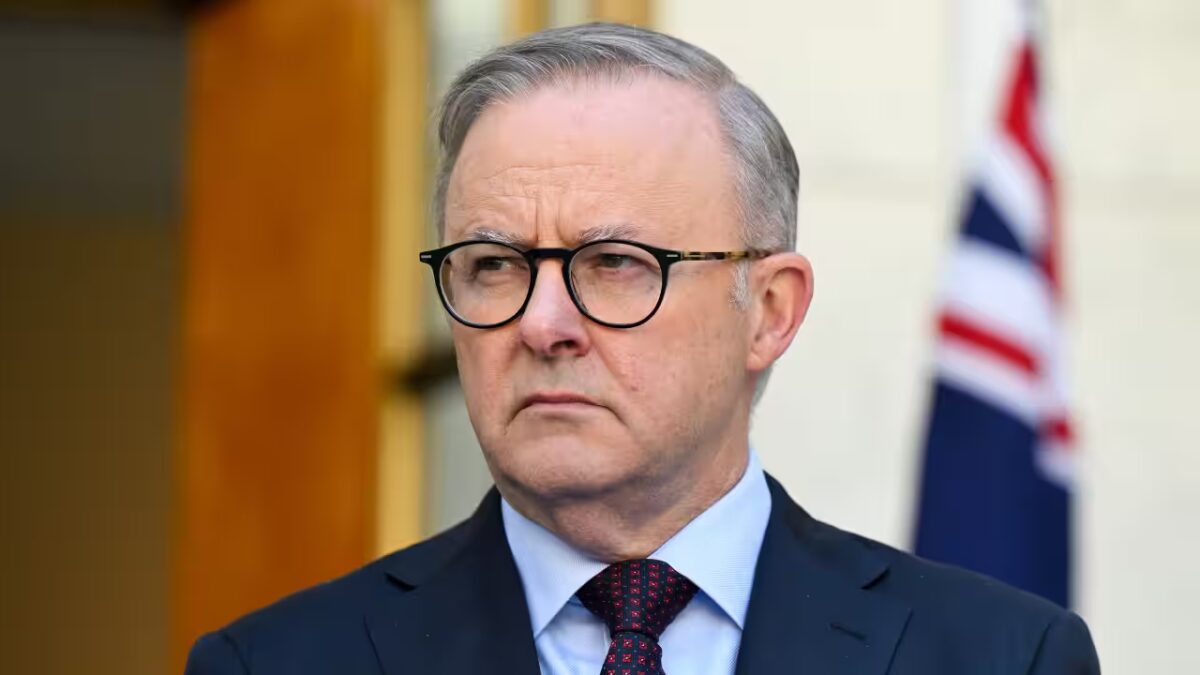The Australian government has pledged a $2.4 billion support package to secure the future of Whyalla Steelworks, one of the country’s most significant industrial sites. The investment aims to stabilise operations, protect workers’ livelihoods, and ensure long-term steel production following the plant’s move into administration.
During a visit to the South Australian city, Prime Minister Anthony Albanese emphasised the critical role of steelmaking for the national economy. He assured workers that the initiative would provide stability and opportunities for future generations, describing it as “an investment in the nation.”
Support Package to Maintain Operations and Protect Workers
The financial assistance will be delivered through immediate, short-term, and long-term measures, ensuring continuity for the plant and its employees. According to the government, $100 million has been allocated for local support, including $50 million for creditor assistance and $33 million for infrastructure improvements.
Additionally, $384 million will be directed towards keeping the steelworks operational during the administration process. This provision aims to ensure that workers and contractors continue to receive their wages while the search for a new owner takes place.
The largest share of the package, $1.9 billion, has been designated for infrastructure upgrades, which the government believes will secure a sustainable, long-term future for the steelworks under new management. Furthermore, a $1 billion green iron investment fund has been established, with up to half of it earmarked for Whyalla.
Speaking at the site, Mr Albanese stressed the importance of the steel industry, stating: “There’s no industry that is more important for our nation than steelmaking, and here in Whyalla 75 per cent of Australia’s structural steel is made.”
Government Intervention Amid Ownership Turmoil
The support package follows months of uncertainty surrounding GFG Alliance, the parent company of Whyalla Steelworks, which entered administration amid financial difficulties and creditor concerns.
The decision to intervene, according to South Australian Premier Peter Malinauskas, was not intended as a bailout but rather a step to protect workers and local businesses affected by the crisis.
According to Mr Malinauskas, GFG’s outstanding debts are estimated at $300 million, and the government will assist affected creditors. He explained that this would be funded through the deferral of a planned $600 million hydrogen power plant project, redirecting resources to the immediate needs of the steelworks.
While neither the federal nor state government ruled out nationalising the steelworks, both leaders expressed a preference for finding a private sector buyer to ensure its future viability.
For the workers, the announcement has brought a sense of relief. Noel Goldsworthy, a long-time employee, described the decision to place the steelworks under administration as “a great move”, adding that confidence in the site’s future had been restored.









